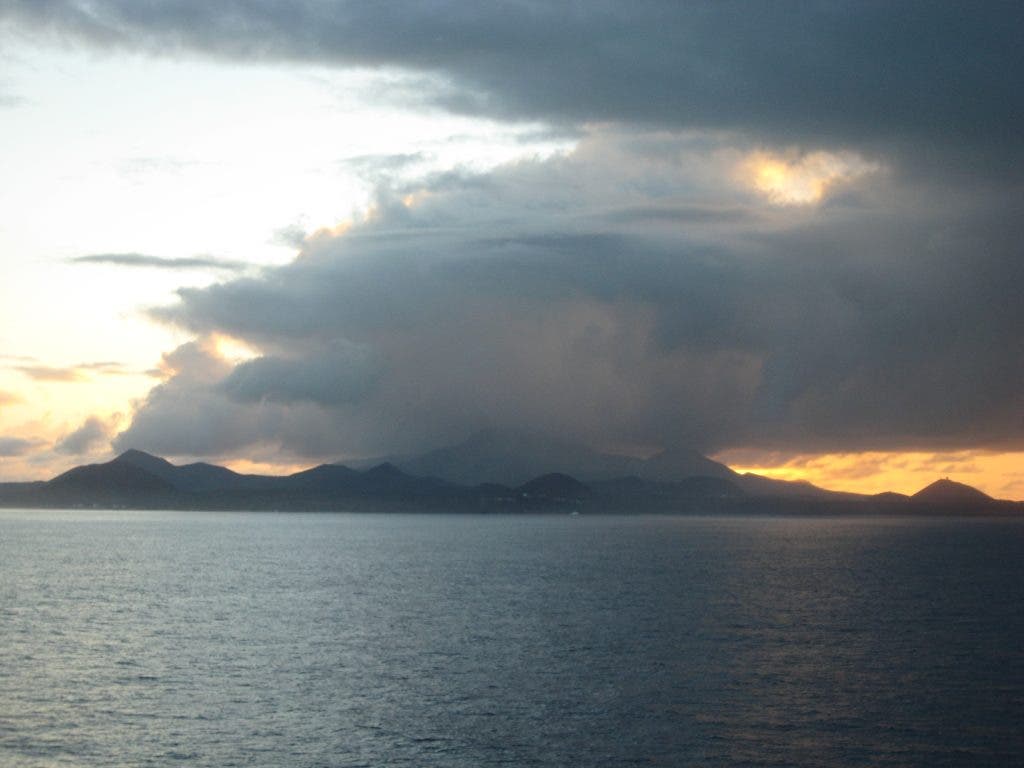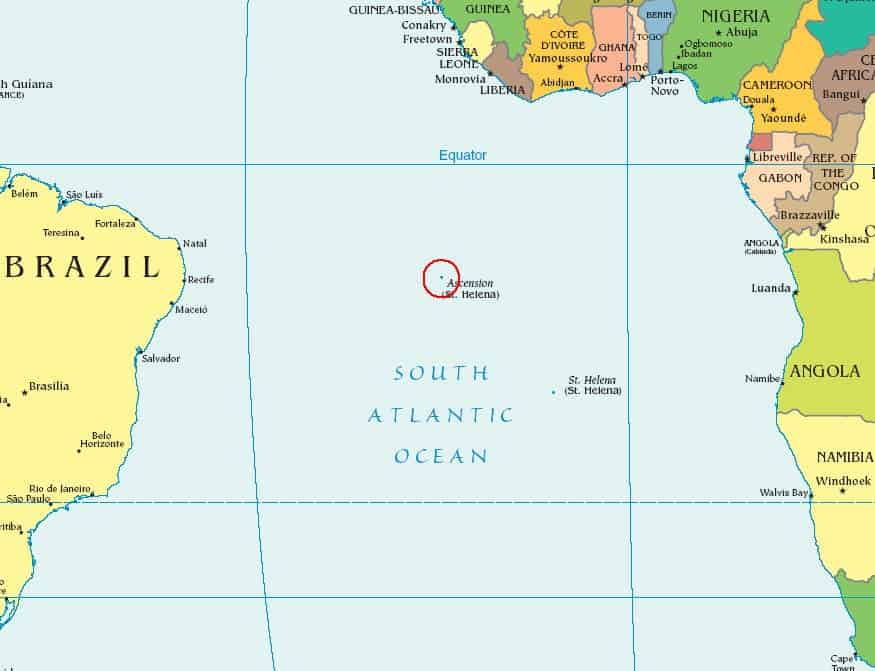The British government has announced that they will create a marine reserve almost as big as the UK in the waters of Ascension Island in the South Atlantic between Brazil and Africa.

It’s good news, but it’s still a far cry from what scientists and conservationists asked for to preserve species and expand fish stocks. The reserve will total 234,291 sq km and will begin its formal designation starting 2017. Over half the area will be completely closed to fishing, and a £300,000 grant from the Louis Bacon Foundation will help enforce the ban.
Dr Judith Brown, director of fisheries and marine conservation for Ascension Island government, said:
“The economic benefit from the fishery has provided much-needed income for the island. This donation will help fund the enforcement to protect the closed area from illegal fishing.”
The effort has also been praised by Charles Clover, Blue Marine Foundation chairman.
“Ascension has been at the frontiers of science since Charles Darwin went there in the 19th Century, so it is entirely appropriate that it is now at the centre of a great scientific effort to design the Atlantic’s largest marine reserve.”

I’m happy to see Louis Bacon, an American hedge fund manager, trader and founder of Moore Capital Management invest in protecting the environment, but truth be told, £300,000 is not a large sum when you’re talking about an area this big. Bacon himself said:
“Ascension Island has rich marine biodiversity, with globally important nesting areas for green turtles, internationally significant seabird colonies and several inshore marine species found nowhere else on earth.”
Ascension is an isolated volcanic island roughly midway between Africa and Brazil. There is no indigenous population on the island, and around 880 people live there as of 2010






